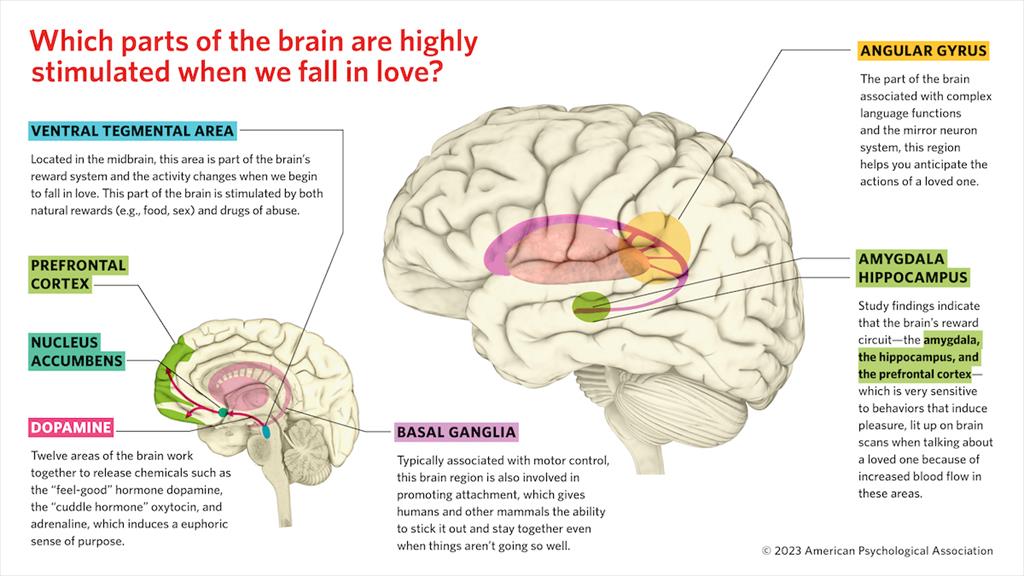Developing and maintaining a relationship with a significant other is difficult since many of us are dealing with high personal stress, anxiety, and psychological insecurity. We all want to feel satisfied with our relationship with our partner. But what if your partner feels insecure in the relationship with you despite your attempts to understand him or her and be supportive? How can you deal with insecure attachment, improve communication, and resolve conflicts with your partner?
The attachment theory has become increasingly popular in the study of love. Love is primarily an emotional bond that originates from our early years. Researchers classified individual types of attachment into four attachment styles: secure, anxious, avoidant, and disorganized.
Here, you can have the opportunity to discover your individual attachment style.
Our attachment styles can pose significant challenges for our close relationships, especially because, according to some research, human love attachment can be imprinted in the early years of life.
How Can We Overcome the Feeling of Insecurity in Our Relationship?
It is possible that emotionally focused therapy and human attachment theory can provide a better understanding of how to repair and heal our complicated relationship. We experience insecure attachment when we feel blocked from doing something for our relationship. According to the theory of attachment, it is essential for our intimate relationships to experience the feelings of being seen, valued, respected, and emotionally validated.
Avoidant attachment and anxious attachment are the two types of attachment in an intimate relationship that cause challenges in our lives. People with avoidant attachment tend to pull away or shut down from their partner to keep the relationship from getting tense. Anxious attachment is the opposite. People with this type of attachment tend to move toward their partner to close the emotional gap. That deep-seated worry is still there, but it shows up in a different way.
Julie Menanno, a marriage and family therapist, comments:
“Both strategies ultimately fail leaving us with a relationship with varying degrees of fighting and emotional disconnection.”
Julie Menanno says
Practice of Secure Love
A marriage and family therapist, Julie Menanno, in her book Secure Love: Create a Relationship That Lasts a Lifetime helps us understand our different attachment styles as well as how they affect our romantic relationships. She talks about the fears underneath insecure attachments. She explains why women tend to be anxiously attached and how couples with different attachment styles can understand each other better. To help couples who are having trouble move toward secure attachment, she gives them a practical guide and scripts for hard conversations to overcome challenges in their relationships.
What does “insecure attachment” implicate for a relationship?
This is what Julie Menanno says about insecure attachment and its implications for a relationship:
“If the [anxiously attached] partner is overwhelmed with unmet needs and anxieties—experiencing intense urges to reach out and get their needs met to relieve some of this relationship fear and anxiety—the other person won’t be comfortable, because it’s not healthy communication. If they can’t navigate their partner’s behavior in a healthy way—either showing up to help them with those feelings, responding authentically, or setting boundaries, which we would consider secure attachment—the next best thing is pulling away. Because they’re uncomfortable with too much coming at them.
In contrast, if the avoidant partner handles relationship anxiety and fears of enmeshment, or fears of weakness, by avoiding—they’re sending the message to their anxious partner: I’m not here for you. I’m not here to meet your needs. I’m not here to keep you feeling safe.
If the anxious partner can’t manage that in a healthy way—from leaving the relationship because their emotional needs aren’t met, or communicating in a healthy way to create safety in the relationship, to draw the person closer—they handle it the way they know. More anxiety, more pulling for closeness, more going toward, more desperation, more protest, more blame. That’s how they’re going to show up with problems of anything from how to load the dishwasher to how to find emotional closeness with each other.
Often, avoidant partners are invested in the relationship early on, pursuing the anxious partner. Avoidant partners thrive on the feeling of being seen as a success, being seen in a good light, being appreciated.
Early on, they’re not hiding as much. So the anxious partner feels seen, heard, they’re getting enough of those needs met that some of their relationship fears aren’t showing up. Things are great—but when they start to have conflict, it sends messages to the anxious partner: “Your needs don’t matter. I don’t really want to resolve anything. You’re too much.” Now the anxious partner gets more anxious. They behave in an anxious way that sends the avoidant partner messages: “No matter what you say, you’re failing, you’re getting it wrong.” And then the avoidant partner starts to hide more.
The more the anxious partner behaves anxiously, the more they’re reinforcing the avoidant partner’s avoidance. The more the avoidant partner behaves avoidantly, the more they’re reinforcing the anxious partner’s anxiousness.”
as Julie Menanno explains.

